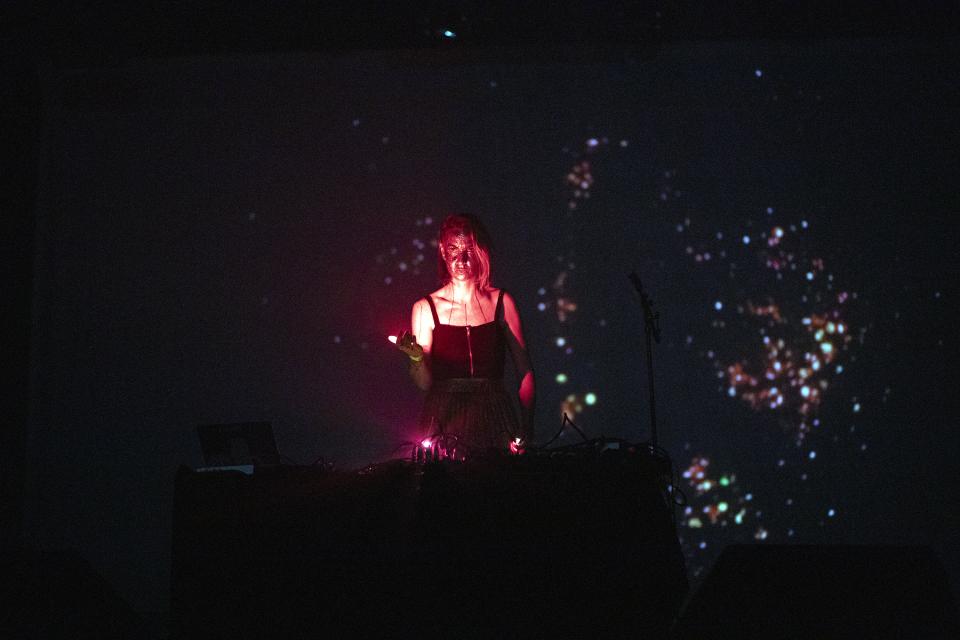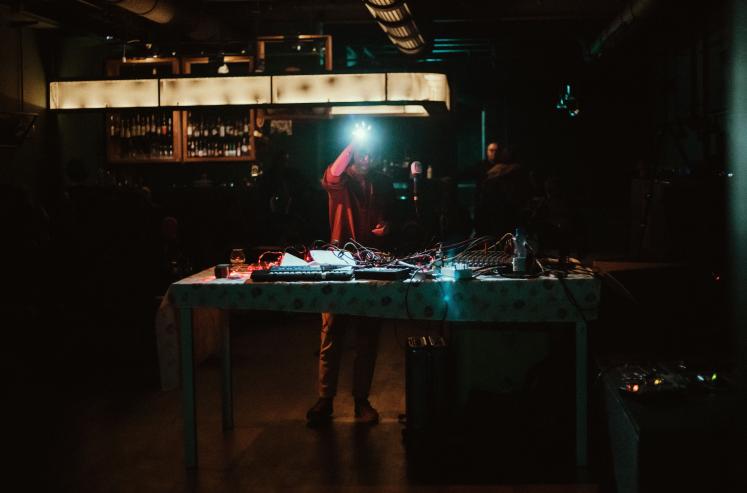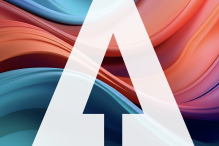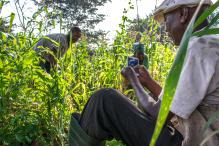Joining hands with Macau local communities the Comuna de Han-Ian and Guia Experimental, United Nations University Institute in Macau is pleased to host the venue for the Opening Performance of the 4th GUIA FEST- a Macau Experimental Music Festival.
Julie Semoroz performed at the Festival. She is a French-Swiss artist based in Geneva, known for merging art and science through sound. Her work explores the physical properties of sound and its interaction with the human body and environment, creating immersive installations and performances that challenge perceptions of space and time. Drawing from fields like biology, neuroscience, and philosophy, she investigates themes such as interspecies communication and emotional vocalisation. She collaborates with artists and scientists on solo and collective projects, which have been presented internationally. She has received numerous research grants and has been nominated for the Prix Russolo and the Swiss Art Awards, and has received support from the Fonds national Suisse scientifique for her project DOUZE MILLE VINGT in collaboration with Didier Grandjean and the CICA, Swiss Center of affective science at the University of Geneva in 2021.
Here is a conversation between Julie and UNU Macau, on the relation of art and digital technologies, sustainability and wellbeing.

I use all the tools available to produce sound, but above all I use the human body as a sound resource.
UNU Macau: As a sound artist, you likely rely heavily on digital technologies in your work. Could you describe the tools and workflows you use? Do they inspire your creativity, or do you find them sometimes limiting?
Julie: I use all the tools available to produce sound, but above all I use the human body as a sound resource.
Sound technology is an interesting tool for developing creativity. I appreciate hardware and software on the same level. What I prefer is to have restrictions on the tools I use. It pushes me to create beyond my capabilities, to think and develop other possibilities. This helps me to create and to remain committed to adapting to the world from an artistic and political point of view.
I find that software is great to use but that it offers too many possibilities and that there is sometimes a risk of getting stuck in a technical concept instead of developing ideas in the composition more related to philosophy or emotion. I always remember that it's a great tool and not the heart of what I want to express.
UNU Macau: At the Guia Fest, you'll be performing your piece MYELINE, which reflects on neuronal transmission in the human brain. Previously, you've worked on neural desynchrony in your exhibition IN-BETWEEN.
At UNU Macau, we conduct research on Artificial Intelligence and Machine Learning based on Deep Neural Networks. Do you think artificial neural networks might inspire future music pieces for you? Have you used AI in your compositions before?
Julie: That’s a pertinent question, especially with the recent Nobel Prize for Physics 2024 goes to John Hopfield and Geoffrey Hinton, two pioneers of artificial intelligence “for their fundamental discoveries and inventions that enable automatic learning using artificial neural networks.”
I don’t think AI is an inspiration for the composition of any art in the sense of the word “art” taken as a creation by human beings. It is just a great tool to combine many texts already produced and resume our ideas, but why not? I am honestly not interested in AI to produce art for the moment, but rather use AI to enhance my informational output, such as biography texts and workshop instructions.
Maybe AI could help find solutions that I hadn't considered, but I still prefer working with multiple human minds and bodies together in the same room to see what is the outcome. In my opinion, we can't really expect AI to fully grasp human reasoning, emotional responses, physical experiences, memory, or the depth of human life. So much of what we experience is never expressed in words, even to ourselves - it's like a secret hidden in our consciousness.
'Interoception' is a field that we should develop way more collaborations between artists and scientists, musicians and dancers as well.
UNU Macau: Sustainability is a key focus of our work as a UN organization. You mentioned your interest in urban space ecology and utopia. Do you believe sound art can raise awareness about sustainability and inspire change? How can researchers and sound artists collaborate in this area?
Julie: I believe we can have discussions about what frequency is and how it influences matter, nature, and both human and non-human bodies on various levels. This exchange could open up multiple avenues for collaborative research. Personally, I think “interoception” (the awareness of internal body states) is a field that we should develop way more collaborations between artists and scientists, musicians and dancers as well.
For instance, I recall a researcher who attended a workshop I led a few months ago. He mentioned that he had never considered studying the vibrations of sound before; he had primarily focused on birdsong, emphasizing melody and silence. After our discussion, he began to think about how he could expand his research based on this new perspective. It surprised me that such a simple workshop could spark this kind of exploration. We’re now working to further develop these ideas to raise awareness about animal vocalization and the concept of 'interoception' among the public.
Recently, a scientific article reported a discovery regarding sound in the ocean. It found that sounds of a healthy environment can positively impact nature, even when those sounds are produced from an unhealthy environment. This suggests that there could be opportunities for artists and scientists to explore similar concepts across various fields.
Personally, I find that conducting advanced research collaborations between artists and scientists can be quite complicated within the current institutional and academic frameworks. Recently, I discussed this with philosophers of science in France. In my view, the most effective way for artists and scientists to truly exchange ideas is to build friendships and spend time outside of formal institutions. This allows us to create what we hope.
For me the future of a sustainable world, especially within a capitalist system, lies in the exchange and sharing of intangible information and knowledge, and in abandoning all the material as a value. When you share knowledge, you don't lose it; it remains within you. In this utopian world, only information would be exchanged and valuable. And the more material wealth one has, the less power or recognition one would possess. This is where many small communities around the world excel — they thrive on oral traditions, deep knowledge, and sustainable ways of living that prioritize giving back to nature rather than taking more than they can give back.
When you feel your own body in the sound of a concert, it is already the start of being in touch with yourself and others, and in touch with the profound aspects of our humanity.
UNU Macau: Your performances often explore human consciousness and our relationship with the environment — issues critical to contemporary wellbeing. In what ways do you think your work influences people's perceptions of themselves? Can music and performance be used to enhance personal wellbeing?
Julie: I don’t think in terms of wellbeing but more of the awareness of our own emotions to develop our capacity to stand for our rights and the rights of other individuals in nature.
I truly believe that if you are connected to your body, you are more connected to your own emotions. And then you can recognize the others in front of you, human and non-human alike.
Through this connection and recognition, you can develop a way of feeling and understanding the world and the capacity of action, and the capacity to leverage actions if you prefer. When you feel your own body in the sound of a concert, it is already the start of being in touch with yourself and others, and in touch with the profound aspects of our humanity.
I believe that music, sound art, performance art, and all forms of artistic expression heighten our awareness of the world. They bring back a certain capacity of action and the ability to recognize the others.
Julie Semoroz collaborates regularly with the Swiss Center of Affective Science at the University of Geneva in Switzerland. She is supported by Pro Helvetia for her concert in Macau.

Suggested citation: Julie Semoroz., "Bridging Sound Art and Science: A Conversation with Julie Semoroz," UNU Macau (blog), 2024-10-17, 2024, https://unu.edu/macau/blog-post/bridging-sound-art-and-science-conversation-julie-semoroz.



